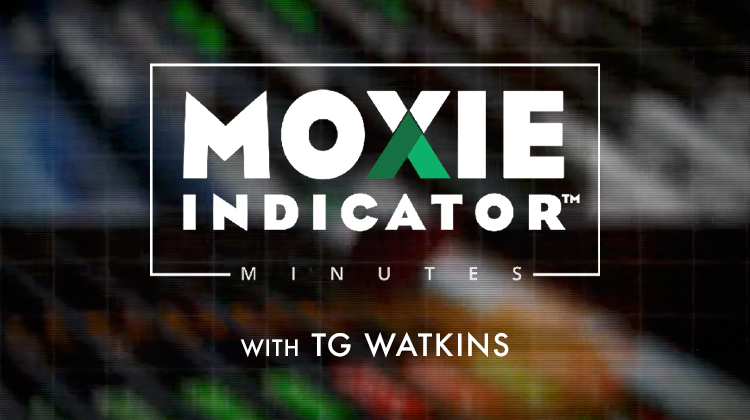On this week’s edition of Moxie Indicator Minutes, TG notes that it’s been a very strong 5 days and the market is starting to take a well-deserved break. This behavior is similar, but opposite, to the 5 down days we had the week before 4th of July, where the market sprung up after the pullback. So now the market could use a rest, but, overall, TG sees strength.
This video was originally broadcast on July 14, 2023. Click this link to watch on YouTube.
New episodes of Moxie Indicator Minutes premiere weekly on Fridays. Archived episodes of the show are available at this link.

